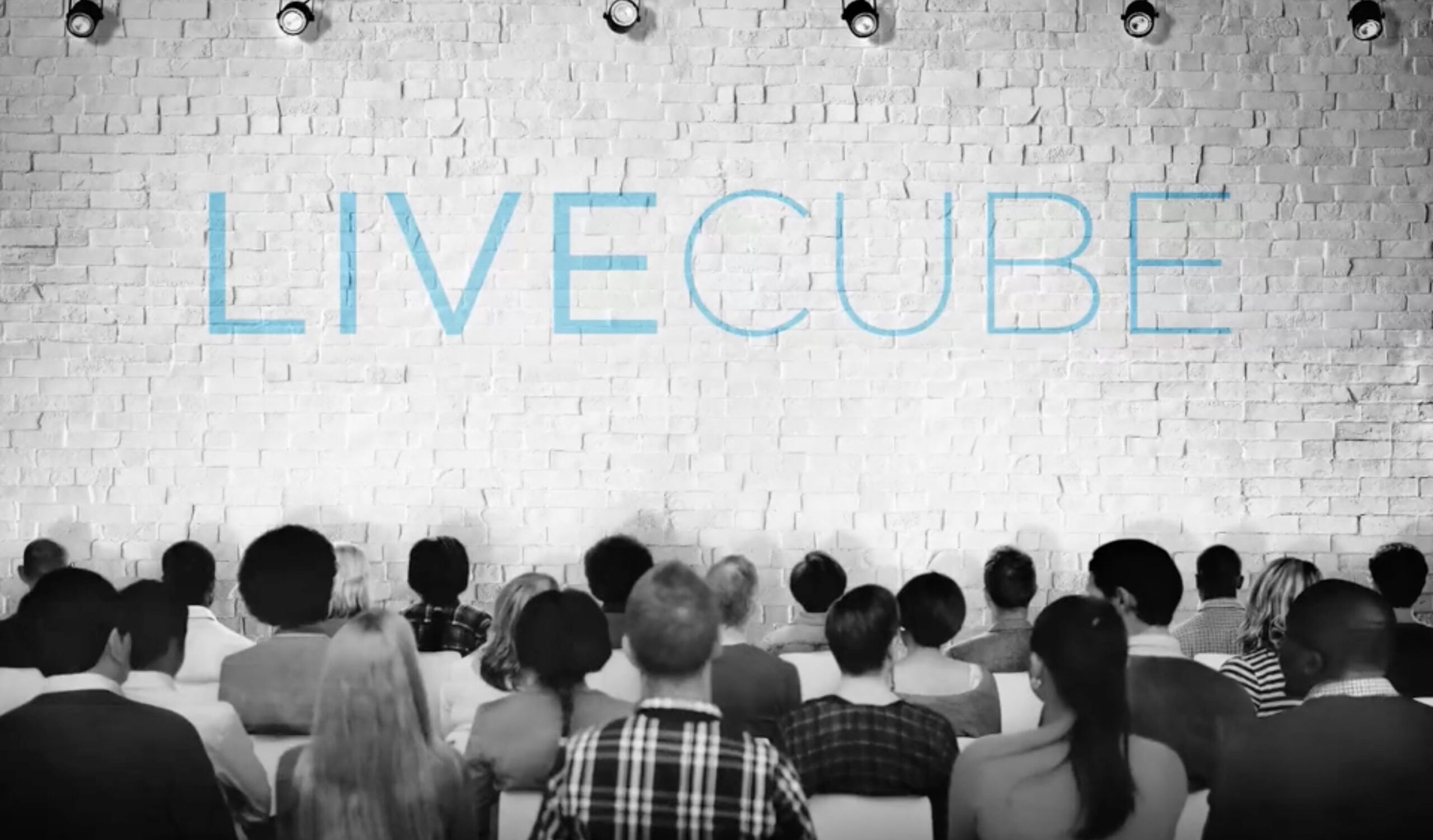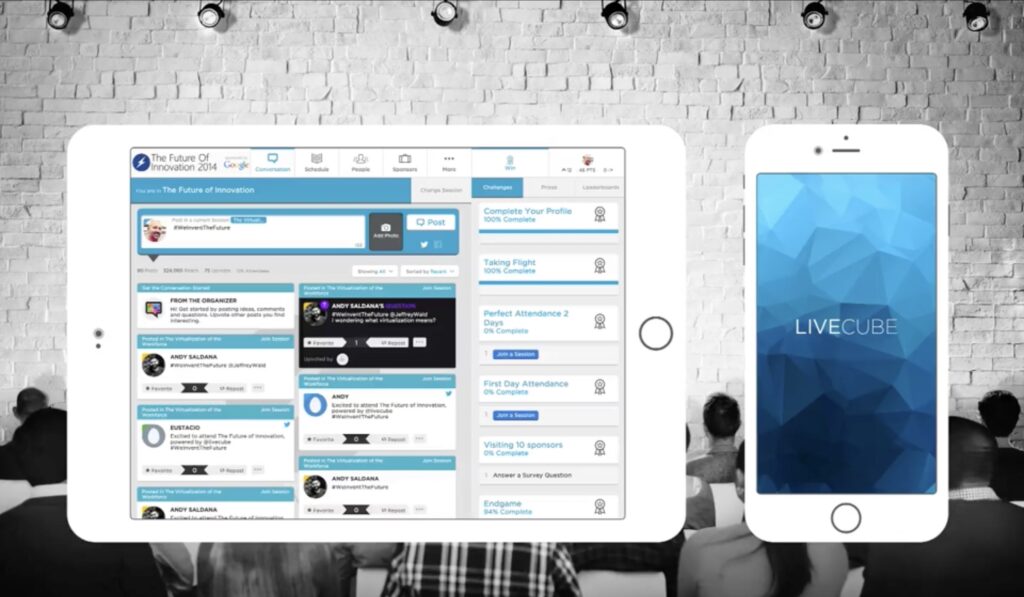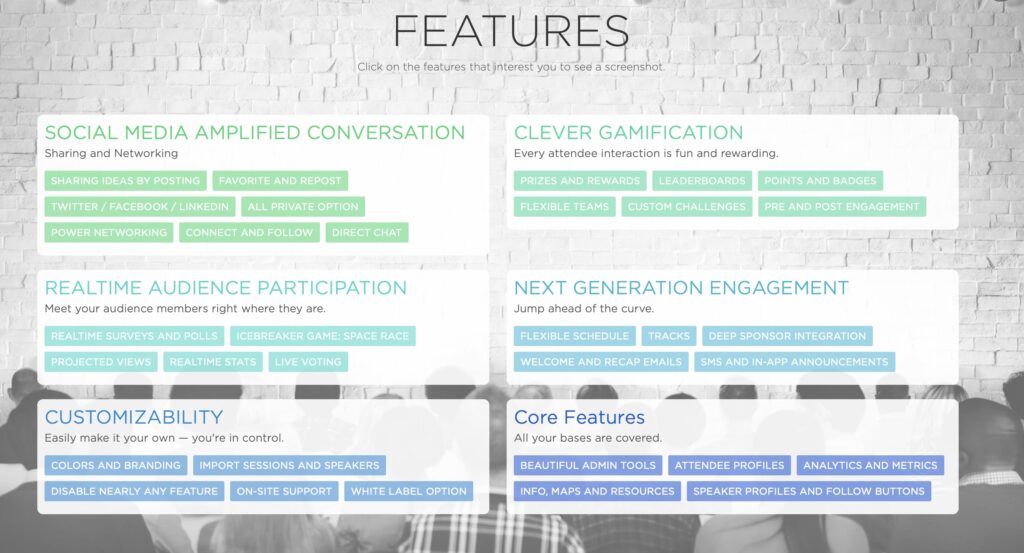Livecube: Interactive Event Engagement Tool

Imagine an event where the audience wasn’t just watching—but actively participating. That was the idea behind a dynamic event app launched in 2013, which gamified engagement through live polls, social sharing, and real-time challenges. Embraced by global brands, Livecube brought crowds together in new, interactive ways. Though the platform is no longer active, it was once embraced by global brands and brought crowds together in new, interactive ways.
Purpose-Built for Engagement

Livecube was crafted with a bold vision: to transform passive audiences into collaborators. It integrated interactive tools—live voting, surveys, leaderboards, rewards—directly into events. Attendees used their smartphones to shape presentations, earn recognition, and spark discussions. No QR codes, no downloads—just instant and seamless participation.
As soon as attendees engaged, the platform used that energy to fuel social buzz. Participants could share results, challenge friends, or post highlights via Twitter, Facebook, and LinkedIn. This wasn’t just for fun—it amplified reach. Brands loved it, too—because it turned events into live marketing opportunities.
Built for Event Professionals
Organizers enjoyed a polished back‑end dashboard to set up sessions, schedule questions, and track engagement. It supported speaker profiles, session maps, in‑app alerts, and punctual alerts to nudge users. Even events with thousands of attendees ran smoothly thanks to its scalable architecture.
Gamification at Its Core

Livecube’s foundation lay in gamification. Users could earn points, win badges, and climb leaderboards—all in real time. These game mechanics boosted motivation and competition, making attendees feel seen and invested. For brands, this translated into deeper brand recall, stronger networking opportunities, and more measurable ROI from each event
Conclusion
What made Livecube stand out wasn’t a single feature—it was how everything came together simply and elegantly. Attendees didn’t need onboarding: they opened a link, interacted, and engaged. Planners didn’t need hours of setup: they uploaded questions, branded content, and launched sessions effortlessly. The result was an experience that felt intuitive, polished, and powerful.